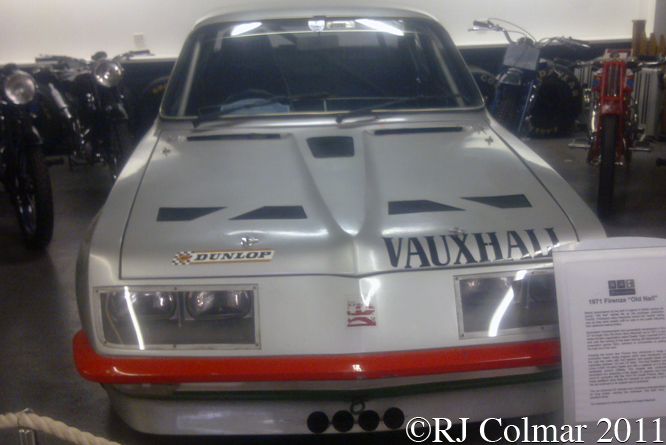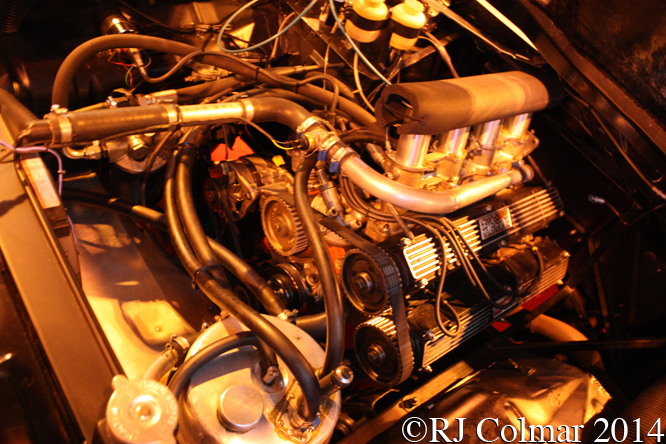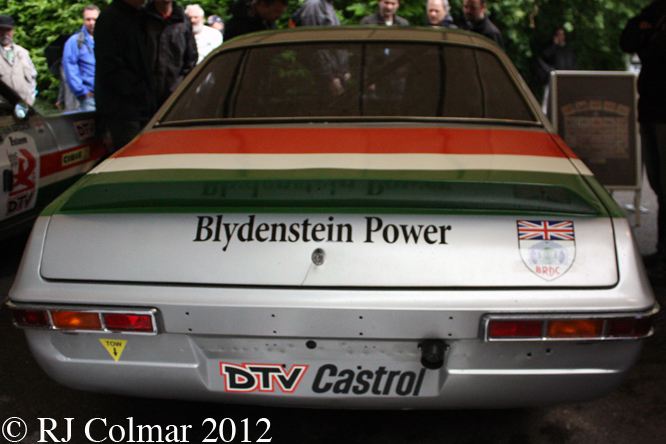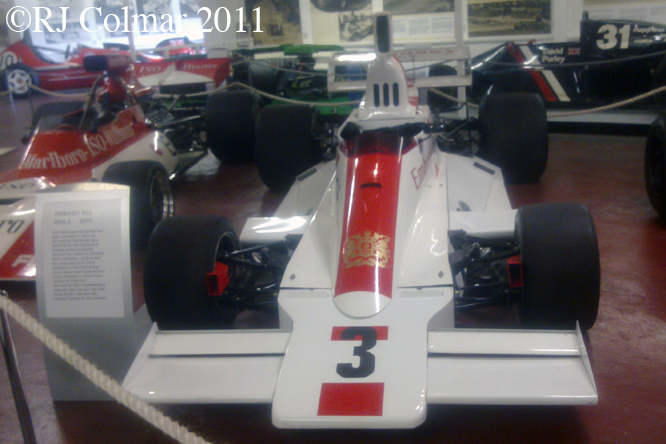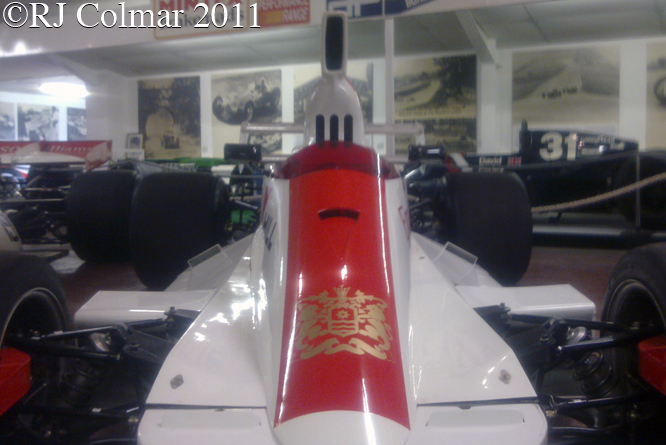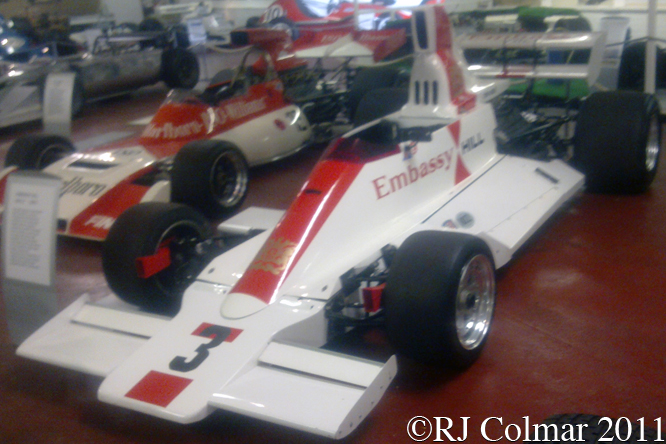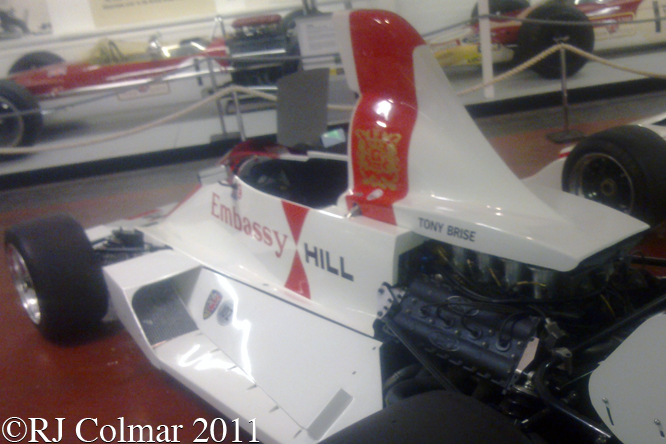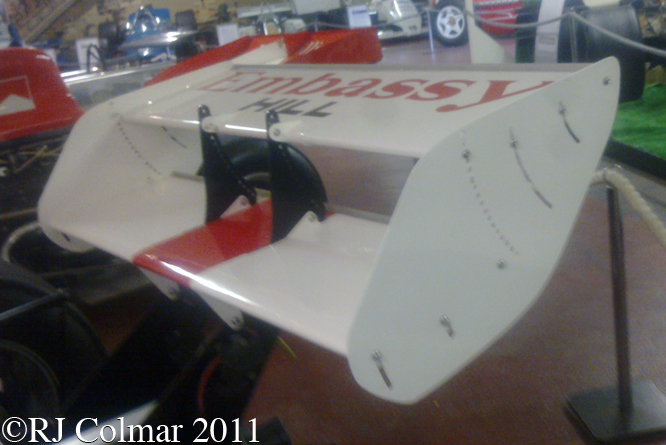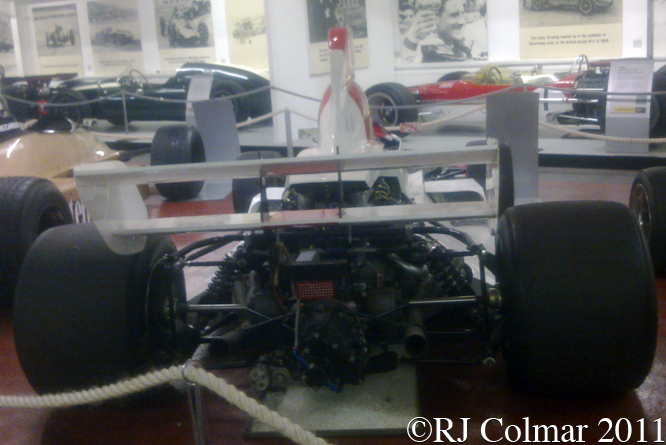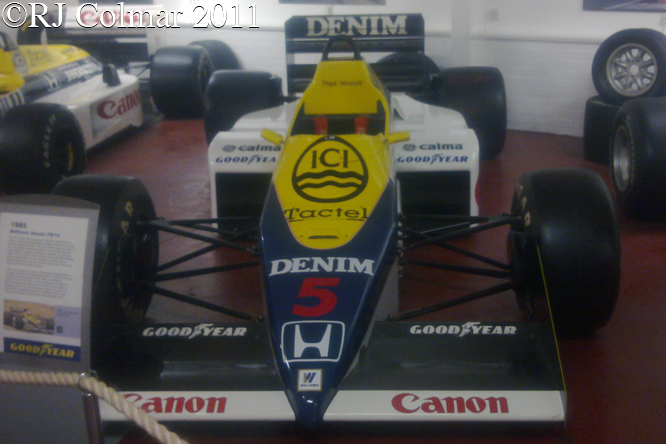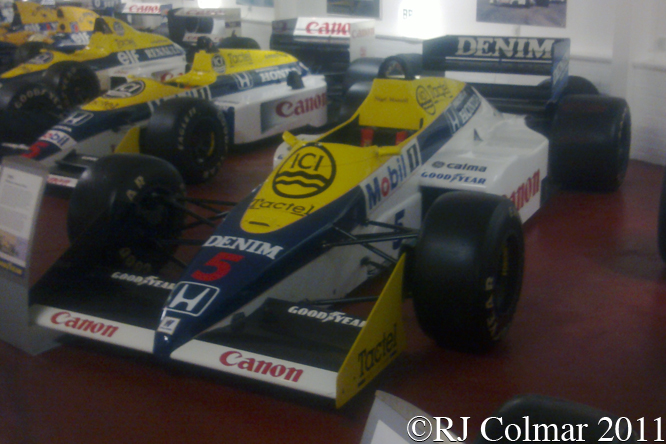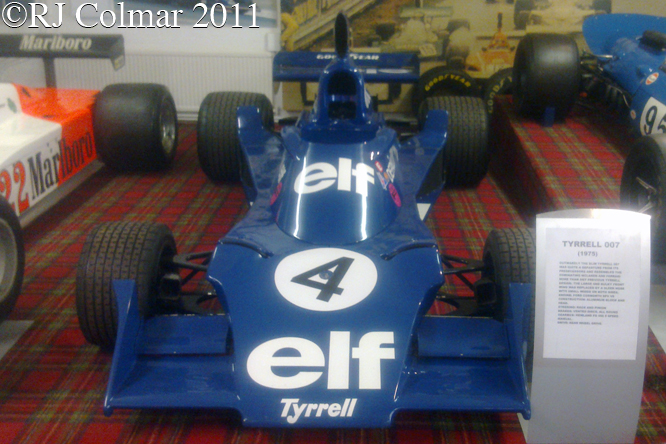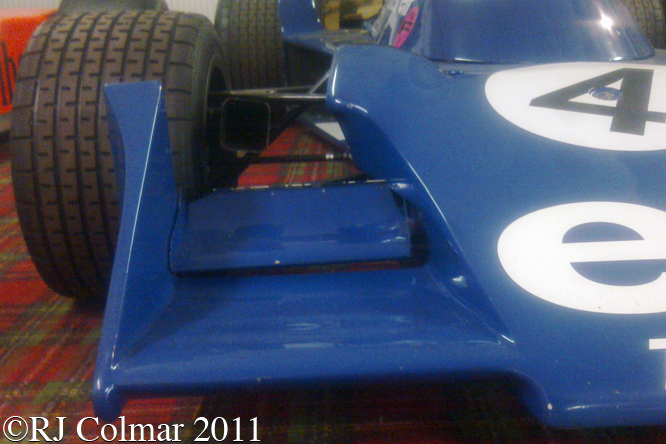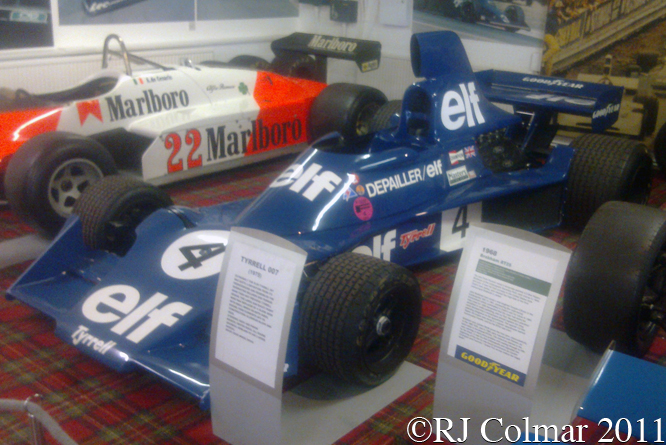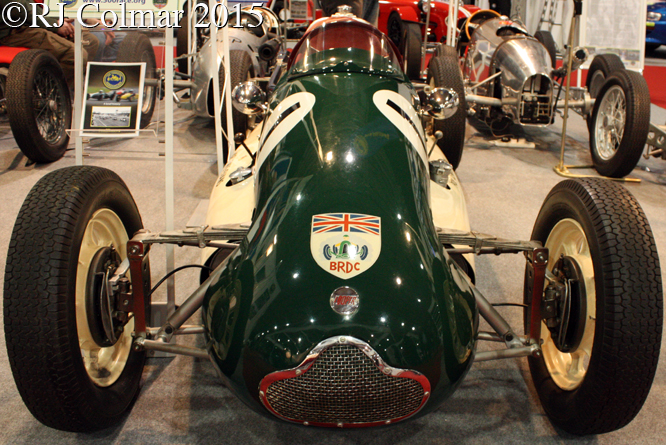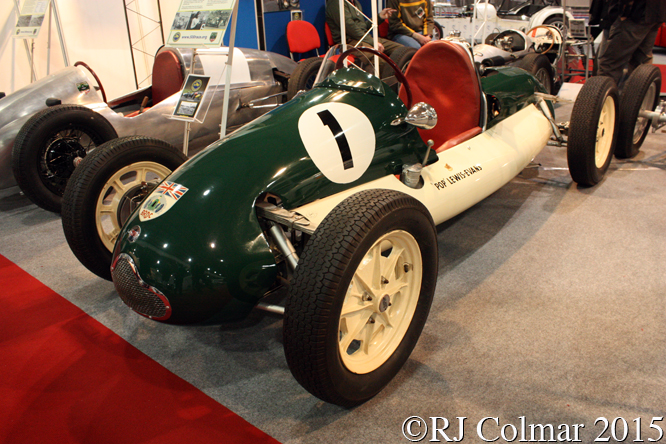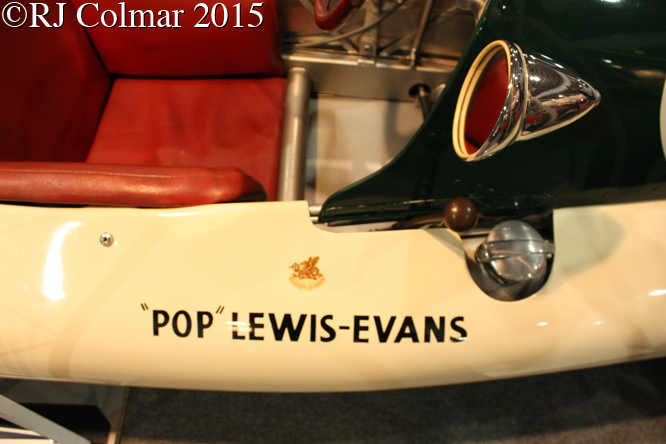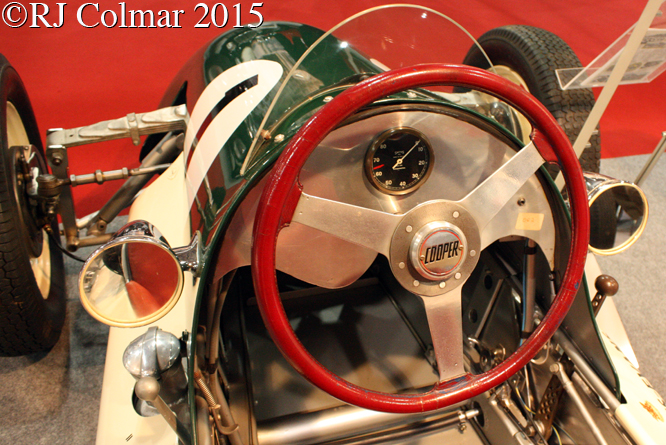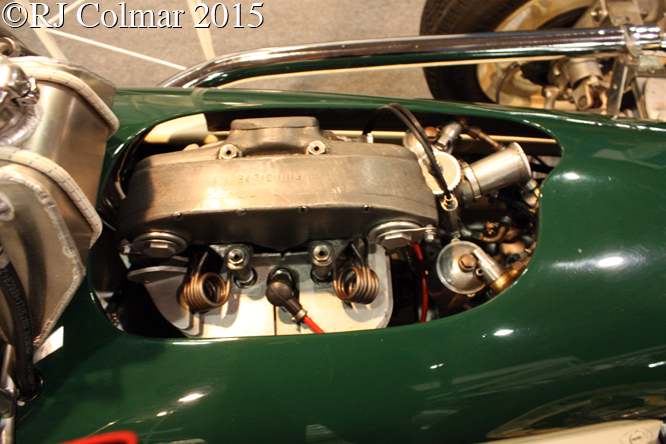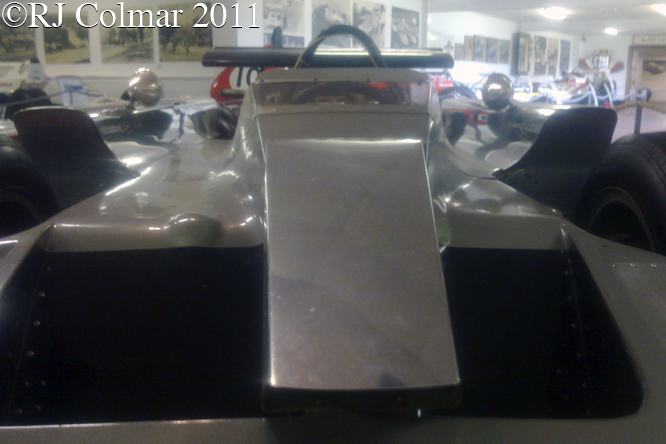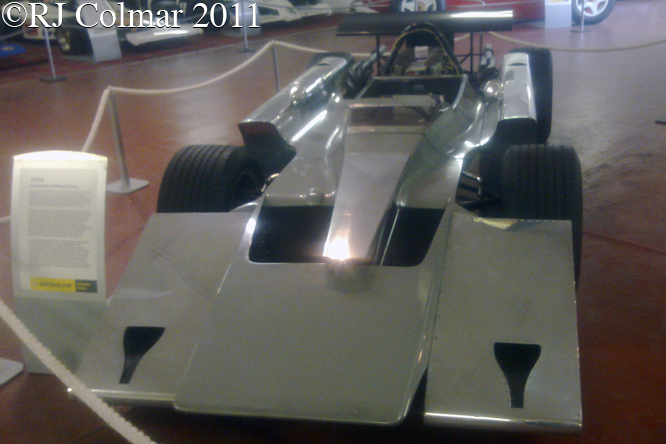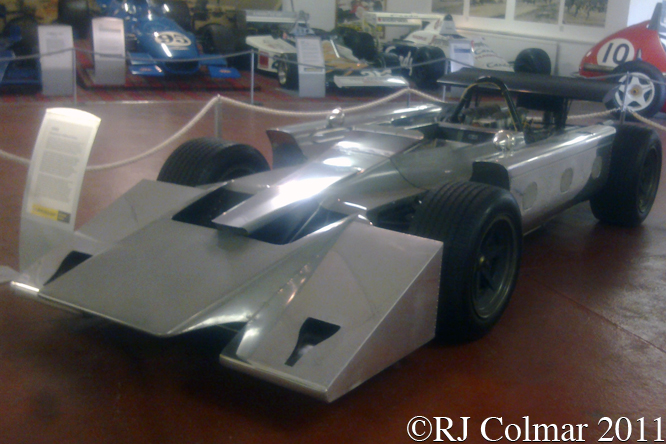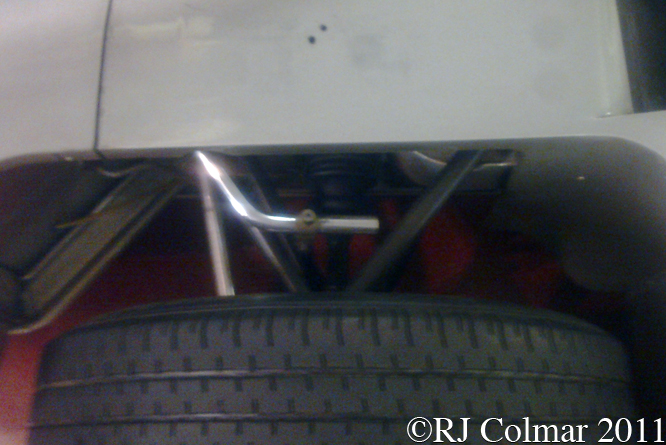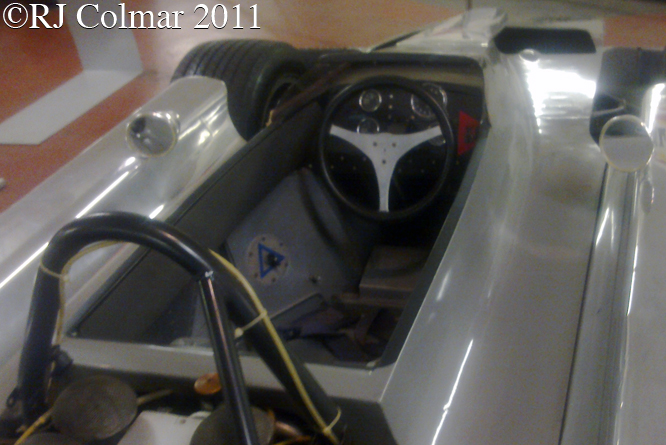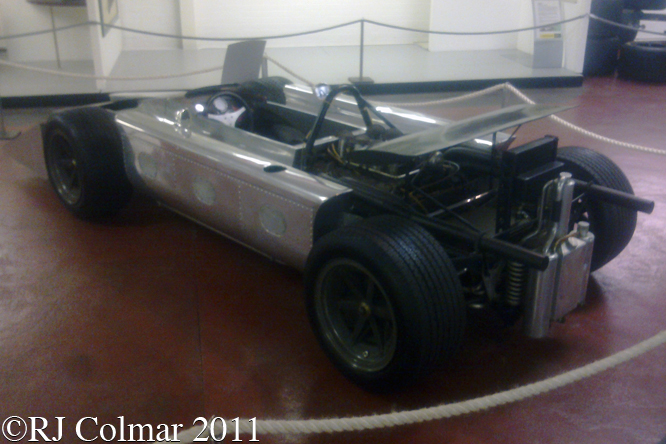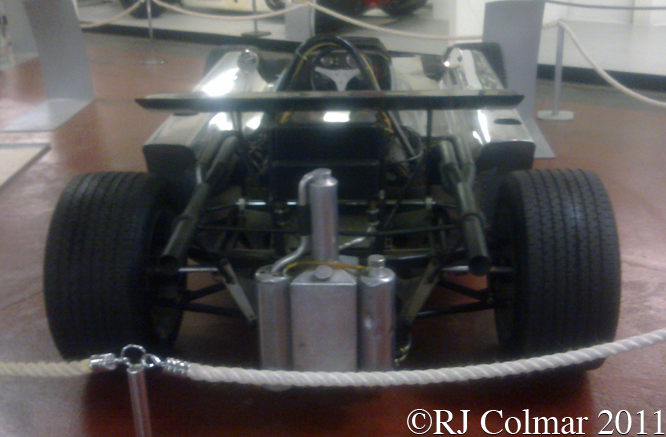With a sunny midweek day off last Thursday I popped along to a Test Day run at Donington Park.
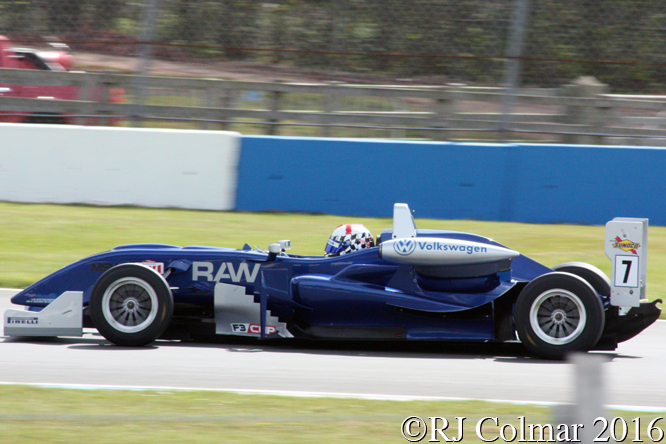
Among the large variety of machines being given a workout was the #7 Volkswagen powered 2008 Dallara F308 which is being prepared by Team Fox Racing for three time Monoposto 2000 champion Robbie Watts’s challenge for the F3 Cup.
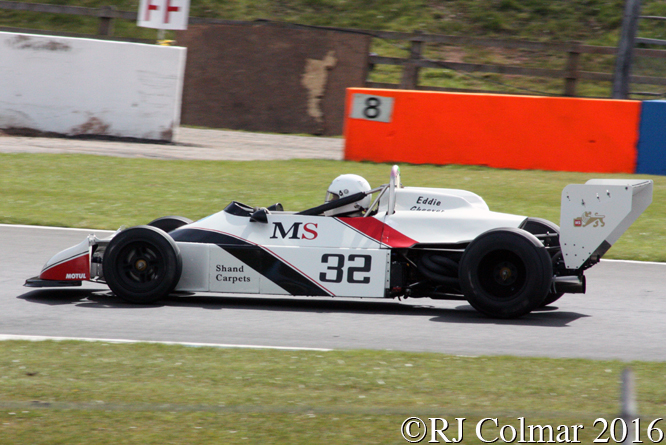
In 1977 Eddie Cheever was midway through a three year spell with the Project Four Formula 2 team run by Ron Dennis, that year he drove the BMW powered Ralt RT1 seen above to two top point’s scoring finishes at the Nurburgring and Rouen to finish second in the F2 Championship to Rene Arnoux, 39 years later I believe Rob Hall is seen testing the car above which I believe belongs to Peter Wunsch.
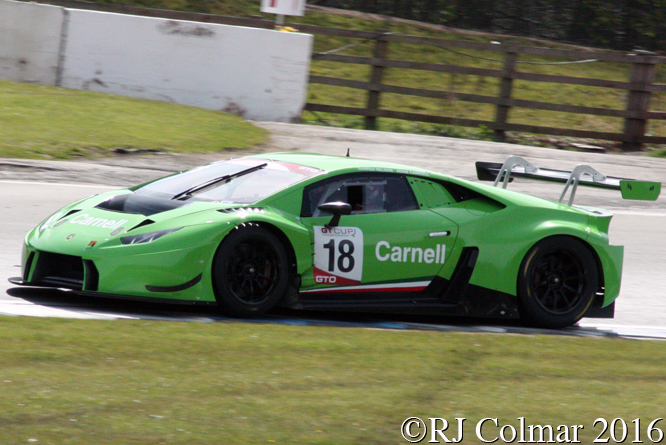
I believe Darren Nelson and Adam Carroll shared the driving of the #18 Lamborghini Huracan GT3 with which they are competing in the 2016 GT Cup, they finished second in Sunday’s opening race of the series.
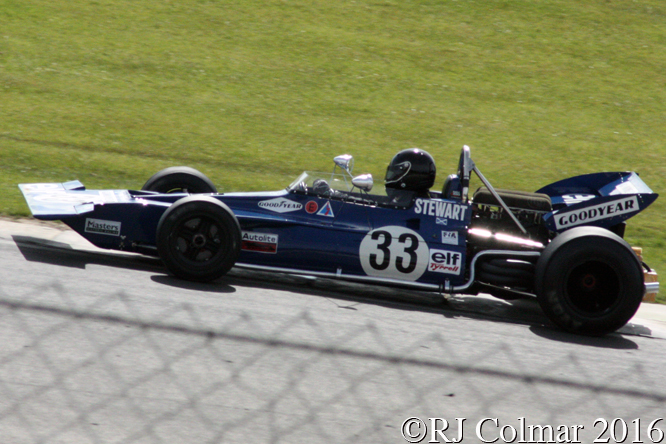
So far as I know the Tyrrell family are owners of the original Tyrrell Ford 001 seen above and loaned it to John Delane in exchange for it’s restoration and maintenance. John’s helmet is predominantly white, if you know who is seen at the wheel in this photograph’s please do not hesitate to chime in below.
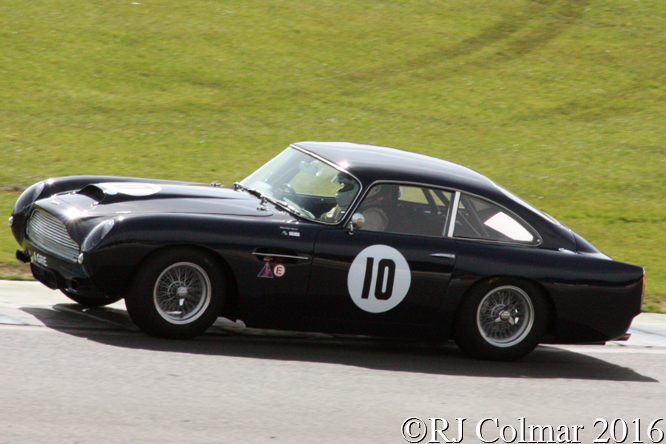
Simon Hadfield was a busy man driving both Wolfgang Friedrich’s Aston Martin DBR1 and his #10 1961 DB4 GT seen above.
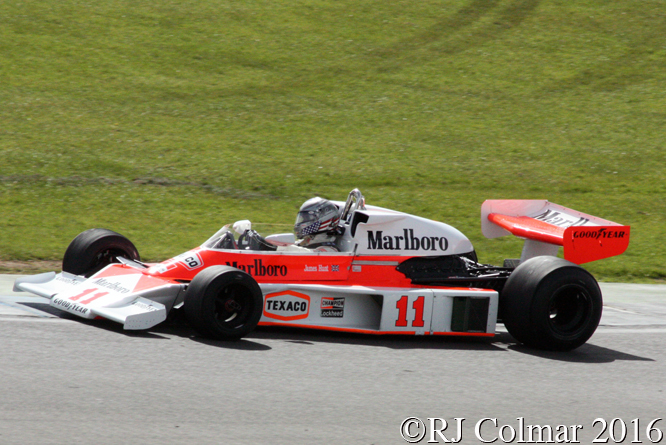
Looking for details on who might be driving the 1974 built but now 1976 spec McLaren M23/6 looked after by Hall and Hall I came across someone by the name of Scott Walker who had a similar helmet on what appears to have been his only previous appearance in the car at Jarama way back in 2011, if you know anything else about Scott please do not hesitate to chime in below.
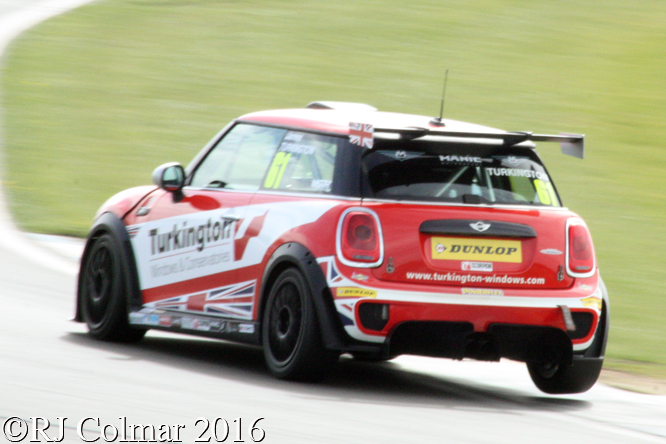
All of the above were regularly swamped by many Mini’s in Gen3 F56 spec and earlier JCW R56 spec, James, younger brother of double British Touring Car Champion Colin, Turkington will be completing his first full season of racing in the MINI Challenge with the ExcelR8 Motorsport #61 Gen3 F56 MINI seen three wheeling into Coppice Corner above.
Thanks for joining me on this “Test Day” edition of “Gettin’ a li’l psycho on tyres” I hope you will join me again tomorrow when I’ll be looking at a Concours winning Packard. Don’t forget to come back now !


